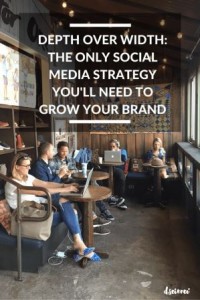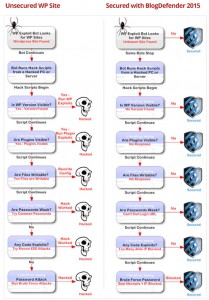Open Door B2B: Brands Should Reduce Gated Content, Study Says
Only 3.5% of visitors to B2B sites fill out forms, according to a new study by 6sense Research. And the form-to-conversion rate hovers around that same percentage.
Don’t despair — the percentages should be even lower.
That’s right: 6sense itself pulls a form-fill rate of 2%, and its form-to-conversion is less than 1%. It has largely reduced gated content.
You might be wondering a company can remain in business by reducing gated content.
It starts with form-fill conversion rates, which can be in the eye of the beholder. SVPs and C-level say the average form-to-conversion rate is 4.2%, but people closer to the action cite it as 3.4%.
Digital marketing software provider Unbounce reports its customers are getting 3%.
6sense found pretty consistent rates across the technology, manufacturing, and professional services sectors, throughout regions (APAC, EMEA, NorAm, LatAm), and by company size.
The trouble is that buying teams are usually made up of around 10 people. Of those, perhaps 1.5 to 2.5 per group fill out onsite forms — the rest do their research anonymously.
Filling out online forms can be a frustrating experience. (This doesn’t even address the problem of abandoned forms). People are cautious about it after “years of being hounded by incessant sales calls and emails.”
That’s why “more and more companies are removing their on-site forms and enabling users to freely access content,” analyst Kerry Cunningham writes for 6sense. “These companies reckon that when real buyers are in-market to buy, they’ll eventually reveal themselves.”
This entails tracking the signals sent by anonymous visitors.
Case in point: A firm might have four marketing-qualified leads (MQLs) from four prospect companies and individuals. For each of them, there have been five anonymous visitors from the same organization in the same week, looking for content about the same solution.
The revenue team “should prioritize the MQL who has anonymous friends on the site,” Cunningham writes. In the real world, a firm is likely to have form-fillers who aren’t yet marketing-qualified leads (MQLs), “plus MQls, plus anonymous traffic,” he adds.
In other words, they should “focus on enabling buyers, not collecting emails.”
When a B2B brand increases its marketing investment on a smaller set of accounts, “the natural, most logical outcome will be more anonymous traffic and more form-fills from that set of accounts,” Cunningham notes. With third-party intent signals, “you have a very robust set of signals with which to identify buying teams,” he concludes.
Here are the takeaways (and we quote):
- B2B sites receive hundreds of thousands to many millions of unique visitors every month — but only 3% fill out an on-site form.
- There are 10+ people on the typical B2B buying team, but only 1.5 to 2.5 of those individuals are expected to fill out a form.
- As a means to minimize buyers’ frustration over filling out forms — and in turn increasing vendors’ influence on visitors — organizations like 6sense eliminate gated content and instead rely on de-anonymization and third-party intent signals.
- Using de-anonymized web traffic together with leads creates the most robust picture of which accounts are in-market .
- Abandon efforts to increase form-fill rates and harness the power of the 97% instead.
(48)
Report Post




